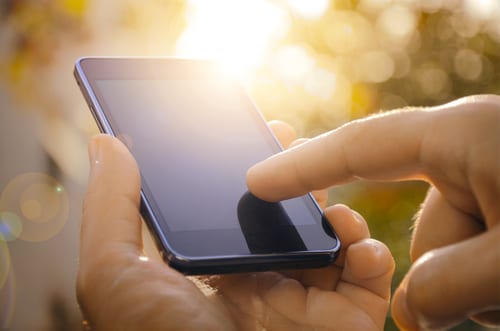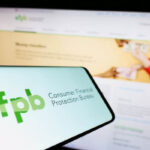Five Mobile Phone Lines for $150 per Month: It’s Possible
In the summer of 1985, I was a sports writer in Tampa and an athlete I used to write about invited me to lunch to discuss a new professional summer basketball league.
He wanted to introduce me to the team owner, about whom he bragged: “This guy is a visionary. He’s in on the ground floor of a something that’s gonna change the world and he wants to do the same thing with basketball.”
Lunch was great, which for a sports writer, means it was free. However, I took a pass on writing about the visionary, his summer league basketball team and the world-changing product he was peddling, which the owner described as “… a phone you can take anywhere you go and make calls on, just like you were sitting in your kitchen!”
Obviously, he was a visionary, just not about summer league pro basketball. His vision that take-it-with-you phones would change the world was right on the money. I’d like to say I saw this coming, but foresight is not one my gifts.
In fact, I can still remember what I said to him as I left that free lunch: “Good luck with the phone idea. I don’t know who in their right mind wants to be attached to a phone all day.”
The answer is: Everybody.
In 1985, there were 300,000 people in the U.S. with cell phones. In 2015, there are more than 370 million cell phone subscribers. Worldwide, there are more cell phones in service (7.3 billion), than there are people (7.2 billion) on this planet, and that group finally includes me.
I pondered the idea of going cellular for 30 years and finally broke down and bought one last January. A week later, I declared myself a blockhead (definition: stupid, doltish, dunce) for waiting this long. Billions of cell phone users will back that definition.
My cell phone wakes me up, tells me the day’s weather, and warns me when I-4 is clogged for my commute to work. It will steer me around traffic tieups, tell me how much I spent on groceries, gas and beer last month and remind me that my anniversary is coming up.
I don’t bother worrying about how I could have made my easy life even easier the last 30 years if I wasn’t such a dimwit. I never judge new products on their appearance, usefulness or uniqueness. The only thing that has ever mattered to me is: How much does it cost?
Back in 1985, the year cellular service came online in America, it was a rich man’s game and I was a poor man’s sports writer. Nobody knows who bought the first cell phone, but they do know it cost $3,995, which would be about $9,500 in today’s dollars. It also was so big and clumsy (it weighed almost 2.5 pounds), that people used a gym bag to carry it around.
The iPhone I bought in January cost $189 and weighs less than 4 ounces.
Of course, I bought my iPhone used (what else do you expect from the Frugal Man?), so it actually cost less to buy it than it did for Apple to make it, which immediately made me feel good. Apple spent $217 on the materials and labor for the 5S. I found it on Ebay and didn’t even pay postage or handling.
Another dollar argument that disappeared was the cost of service. I’d heard 98 percent of cell phone users complain for 30 years about the cost of their monthly service, but the grumbling has reached an acceptable level now, at least for me. The research firm Cowen and Company says the average monthly cell phone bill for all customers is $141, though it’s higher if you get service from Sprint ($153 a month), Verizon ($151) and AT&T ($144).
If you have multiple lines and crave data, costs can go well above the average, as they did in my family. My wife and three sons were paying $246 a month for Sprint to provide way more bells, whistles and gigabytes than they could possibly use. I paid about $3 a month to MagicJack for my landline so I was looking for something considerably cheaper and found it.
It took about 10 minutes of work online to dump Sprint and switch to Cricket. I pay Cricket $150 a month for five lines, great nationwide coverage and 3G of date. None of us – not even my two internet-loving, gigabyte-hugging college boys – has threatened the data space limit Cricket has on us and I can tell you that I still don’t know what a “dropped” call means.
The best part of the Cricket bill is there is no mention of federal, state and local taxes. The typical cell phone bill includes 17 percent add on for government taxes, 25 percent if you live in New York City, Chicago, Baltimore or Omaha.
I pay zero and like it. I also don’t have a service contract, I won’t be paying early-termination fees and I can answer email anytime, anywhere I want. The point is, I badly underestimated this thing about take-it-with-you phones. They’re great! I admit it and I want another chance.
So, if you know a visionary who is peddling a world-changing product – and needs some advice on whether to start a summer pro basketball league – have them call me. I’m sure I can help.
Just don’t forget the free lunch.
Sources:
- NA, ND. Number of mobile connections in the United States from 2012 to 2018 (in millions). Retrieved from http://www.statista.com/statistics/375519/mobile-connections-in-the-us/
- NA, ND. iPhone 5 – Technical Specifications. Retrieved from https://support.apple.com/kb/SP655?locale=en_US








